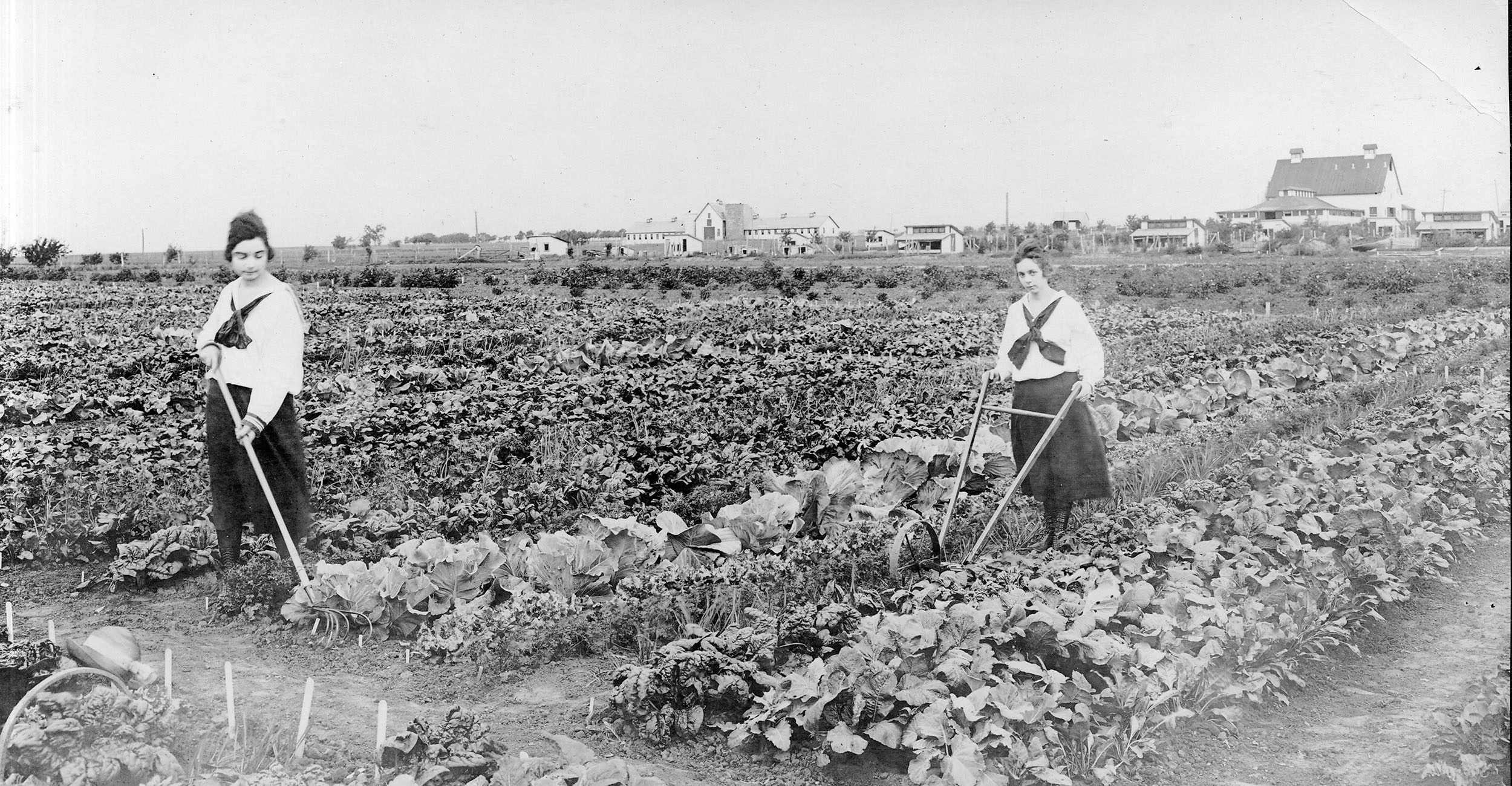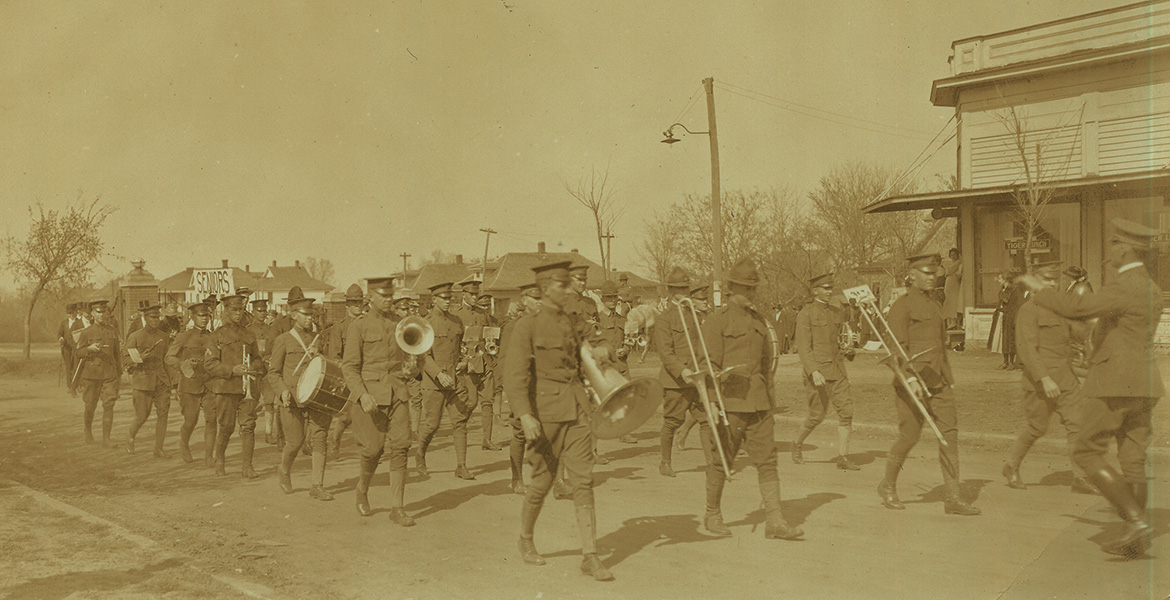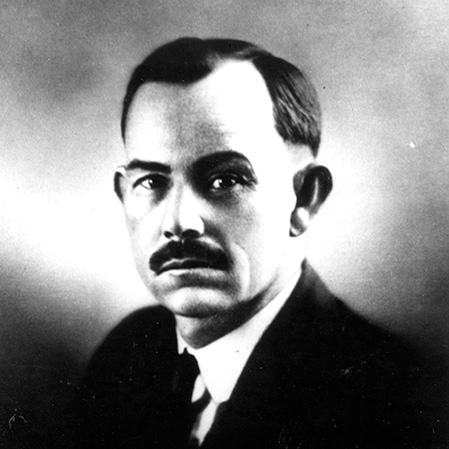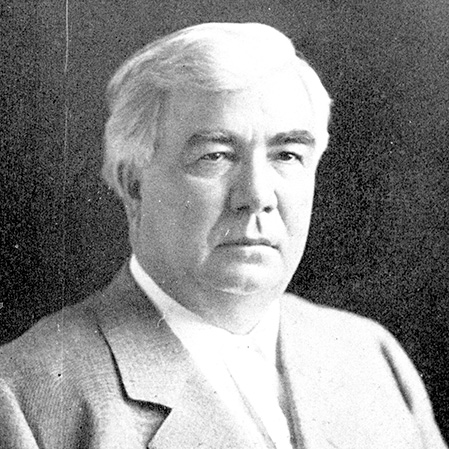
Cowboy Chronicles: How OAMC Prepared for WWI
Wednesday, April 27, 2022
Media Contact: Mack Burke | Editorial Coordinator | 405-744-5540 | editor@okstate.edu
The Great War in Europe started in August 1914, and for the next two and a half years, public opinion in Oklahoma and the rest of the country varied widely.
Some wanted to rush in to aid the French and British forces. Others supported the Germans and Austrians and many wished to avoid the conflict entirely.
As the United States slowly increased its support for the Allies, Oklahoma’s land-grant college in Stillwater began preparations, no matter which course of action was taken.
The state was still in its first decade and Oklahoma A&M College wasn’t much older, but both were ready to serve in whatever capacity needed.
The first generation of students at OAMC had learned about practical collaborations between agriculture and engineering: the perfect blend of landgrant disciplines to increase food and natural resources production.
Beginning with World War I, the university expanded training programs that would also assist with national defense.
Preparing students for war called back to the mission of the Morrill Land-Grant Acts, which helped charter land-grant institutions around the country. OAMC was founded in 1890 through the provisions of the First and Second Morrill Acts of 1862 and 1890. The original act provided higher education opportunities for the first time to the “industrial classes” and included expectations for the type of education they would receive.

… of at least one college where the leading object shall be, without excluding other scientific and classical studies, and including military tactics, to teach such branches of learning as are related to agriculture and the mechanic arts … [Morrill Act of 1862]
Robert Barker, OAMC’s first president, maintained the mandate created during the Civil War to provide “military tactics” for all students, male and female.
OAMC students were required to participate in military drill until a clarification later released women from this obligation. Not all students could afford the official uniform, and in the early years, a variety of outfits were donned during drills. Class lectures provided rudimentary military science instruction and marching drills were held daily.
This burgeoning military training tradition continued through the formative decades of the college. A Corps of Cadets, formed around 1910, consisted primarily of Stillwater and Payne County students. Membership entailed three hours of drill each week and included instruction in small arms firing, field service regulations, interior guard duty, infantry drill and first aid. By 1913, military equipment on the OAMC campus included 450 30-caliber Krag-Jorgensen rifles. With the beginning of WWI, this grew to 600 rifles — Krag-Jorgensens and Springfields — with additional unspecified “infantry equipment.”
During this time, OAMC was facing challenges of its own. Enrollment had grown to 1,471 in 1914, and campus facilities fell short of expectations. OAMC President J. H. Connell had been removed from his position during the summer of 1914 due to financial and alleged corruption issues related to his “political” appointments of faculty and staff on campus. The college was unable to identify a permanent replacement and appointed Dr. Lowery Layman Lewis as interim president.
On Aug. 7, fire gutted Morrill Hall, the main administration office, classroom building and the School of Agriculture. Two months later, the relatively new Women’s Building suffered a fire, which destroyed the top two floors and left extensive water damage on the first and second floors.
The European war was rarely mentioned in the college paper as the institution was more concerned with its own survival. Funding was secured to rebuild the two buildings severely damaged by the fires of 1914. In June 1915, James W. Cantwell was named president and moved into temporary offices in the Engineering Building until Morrill Hall was restored.
Cantwell set to work expanding campus facilities and identifying new revenue streams to support campus programs. While working with the Oklahoma Board of Agriculture and serving as a college regent, the new president applied for a federal program to provide Reserve Officers’ Training Corps on campus.

The college had been placed under the Oklahoma Board of Agriculture in 1912 and board President Frank Gault had little experience working in higher education. He was a former deputy marshal, peace officer and cattle breeder. In support of the “Lever Act of Congress,” the board encouraged the college to expand Oklahoma food production research and distribution programs as the United States began to prepare for war.
Surging grain prices — up 400 percent from 1913 to 1919 — helped propel the “great plow-up” as western Oklahoma farmers and others expanded wheat acreage in the western plains, eventually leading to the Dust Bowl a decade later.
While Cantwell was working to build support for increased food production at home and prepare for battle overseas, students on campus were still conflicted. The Philomathean Literary Society debated entrance into the war and the college paper supported its conclusion.
Many students expressed concerns about militarism on campus during the first years of the war. Ella Wilson was recognized in the college paper when her article “The Aftermath” was published in the Christian Herald in November 1916. She supported peace, arguing war would lead to desolation. The newspaper had war news reports but also included less supportive stories.
While the debate raged on, drills continued daily on the parade grounds between the Central Building and Morrill Hall, as well as north of Morrill.
Stillwater hosted the Grand Army of the Republic (Union Soldiers) and the Spanish War veterans for their annual encampments. Holiday parades in town provided opportunities for military displays and a college cadet corps marching band was eventually added for public entertainment and drill exercises. Marching precision and military dress had both improved dramatically from the early years. The military section of the college yearbook also expanded every year beginning in 1914, culminating in the “Military” issue of 1918 and the “Victory” issue in 1919.
In addition to the traditional cadet military training program and the new ROTC unit established in 1916, rifle teams and a rifle club were added. The military cadet corps included eight, 40-member companies (A-H). The 320 members of the cadet corps included some of the 50-60 rifle club members. There existed significant overlap between the two groups. The competitive rifle team was restricted to 15 members for events. OAMC women also had a rifle club known as the Death Legion.

Robert L. Williams, Oklahoma’s third governor, took office in January 1915, only six months before Cantwell arrived in Stillwater. Then, in April 1917, the tide of public opinion turned. Public support for the war rallied, beginning with the appointment of state and local councils of defense. Oklahomans increasingly felt they had a role to play in making the world safe for democracy. All voices opposed to this proposition were drowned out. The same could be said at OAMC.
Williams began working with the United States Council of National Defense to establish an Oklahoma Council of Defense. The Oklahoma Legislature was not in session, but this didn’t deter him from establishing this “extralegal” state council.
In May 1917, he appointed a 12-member board with 11 committees. They were to address publicity, military preparedness, conservation of food and fuel, local food production, “Victory Gardens,” promote the sale of Liberty Bonds, support the Red Cross, encourage the use of war savings stamps and expand Oklahoma’s capacity to produce munitions and supplies in support of the war effort.
By July, local councils of defense were organized. The governor appointed local business and civic leaders to work with citizens. Williams named Cantwell to the local council in Payne County. The Oklahoma Council of Defense provided weekly news releases distributed to local newspapers and created an Oklahoma Patriotic Speakers Bureau. Former OAMC President Angelo C. Scott wrote a pamphlet titled, “The War: Its Justification and Purpose,” which was distributed to over 3,000 volunteer speakers.
Known as the “Four Minute Men” they spoke to civic groups, schools, volunteer organizations, service groups and a variety of crowds. The speeches provided justifications for entering the war, described German atrocities and encouraged support for the military.
By the summer of 1917, the initial preparations to support the nation’s war efforts at home and abroad had been completed on the OAMC campus. On the home front, college expertise, guidelines and recommendations shared with citizens across the state increased agricultural and natural resource production involving a wide variety of crops and livestock.
Military training options were expanded, additional equipment was ordered, personnel and resources were added to assist with overseas efforts. The college had done its best to adjust despite the many unknowns found in war, but the institution was less prepared for some of the conflicts to come, both at home and abroad.
The coming years would be difficult for many.
Photos by: OSU Archives
Story by: David C. Peters | STATE Magazine
